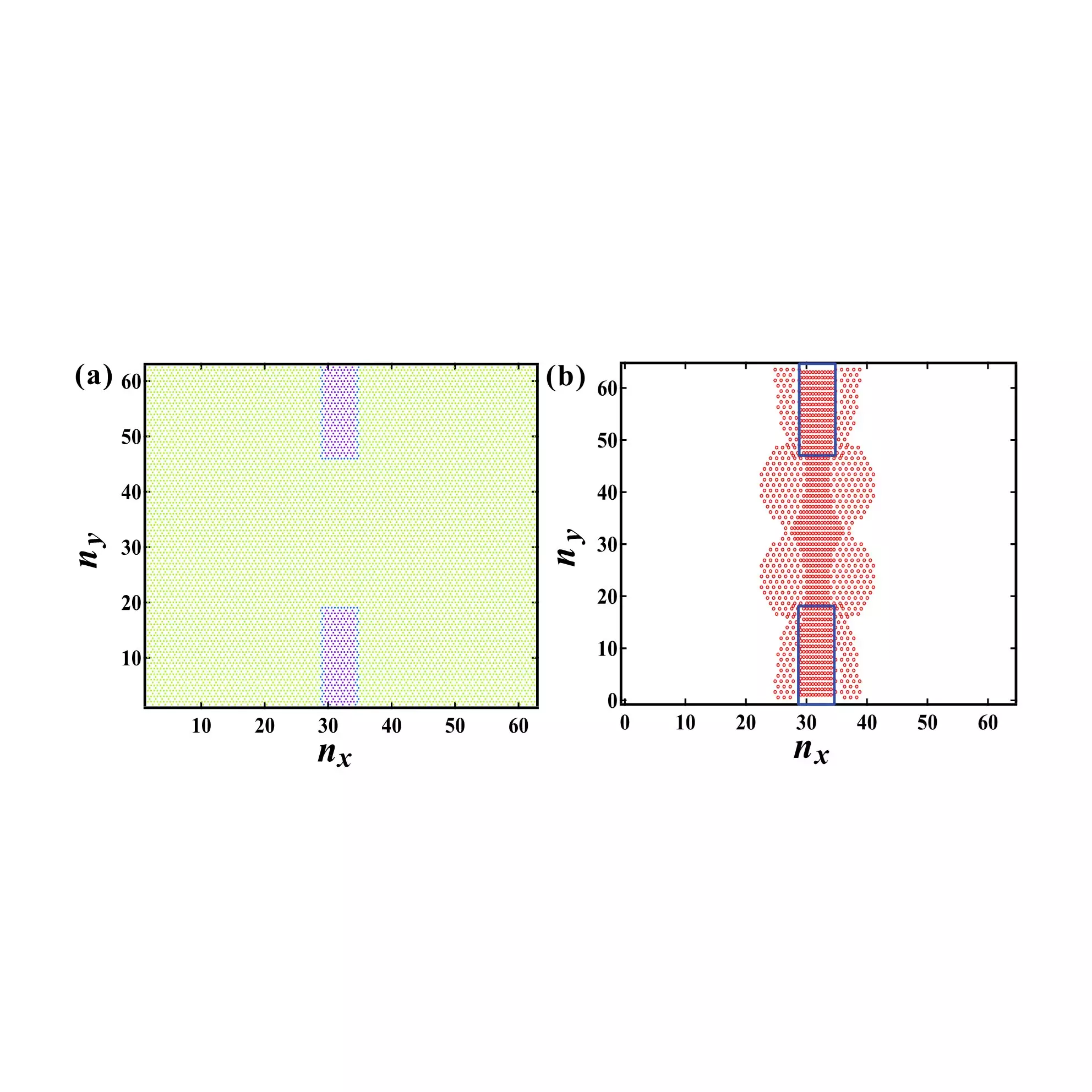Amorphous materials play a crucial role in various fields, providing structural stability and serving as the building blocks for many everyday objects. Scientists from Tokyo Metropolitan University have delved into the realm of disordered materials to gain insights into how these materials respond to stress. By treating atoms and molecules as squishy spheres with different levels of softness, they have unraveled the complex dynamics of force transmission within these materials.
The traditional approach of using hard ingredients to build hard materials has proven to be inadequate in ensuring structural integrity. Through their research, the team discovered unexpected disparities between harder regions and areas where forces were concentrated. These disparities led to the formation of elongated “force chains,” which are essential for distributing stress within the material. Interestingly, the study found that force chains do not always correlate with isolated hard regions, highlighting the intricate nature of material behavior under stress.
Implications for Material Design
The findings from this study offer valuable insights into the design of materials with improved structural stability. By manipulating the variations in softness and creating a more uniform distribution of force chains, researchers can develop harder materials that are better equipped to withstand external forces. Moreover, the study highlights the importance of considering the microstructural features of amorphous materials in material design, paving the way for innovative approaches to enhancing material properties.
While the research conducted by the team at Tokyo Metropolitan University represents a significant step towards understanding the behavior of amorphous materials, there are still many unanswered questions in the field of material science. Exploring the emergence of stiffness variations in real materials and studying the impact of local density on material properties are areas that warrant further investigation. By continuously refining our understanding of the fundamental mechanics underlying material behavior, researchers can unlock new possibilities for designing advanced materials with enhanced performance characteristics.
The study of force chains in amorphous materials sheds light on the complex interplay between microstructural features and material properties. By examining the role of stiffness variations and their impact on force transmission, researchers are paving the way for the development of more resilient and durable materials. As we continue to push the boundaries of material science, the insights gained from studies like this will undoubtedly shape the future of material design and engineering.


Leave a Reply